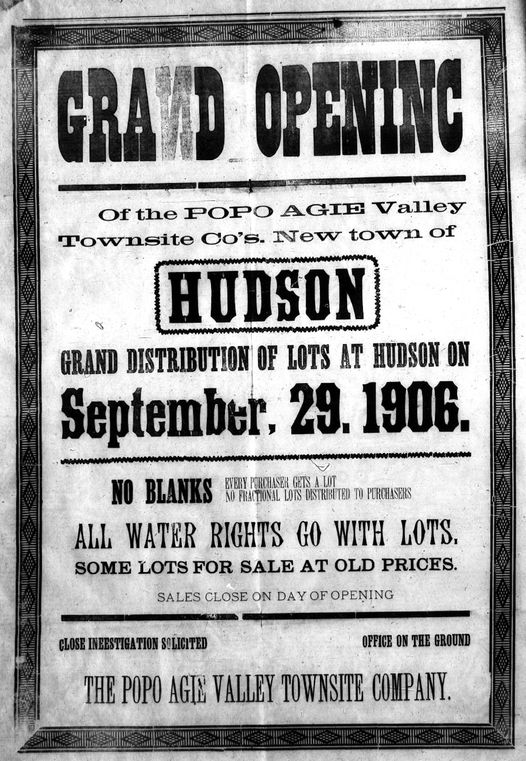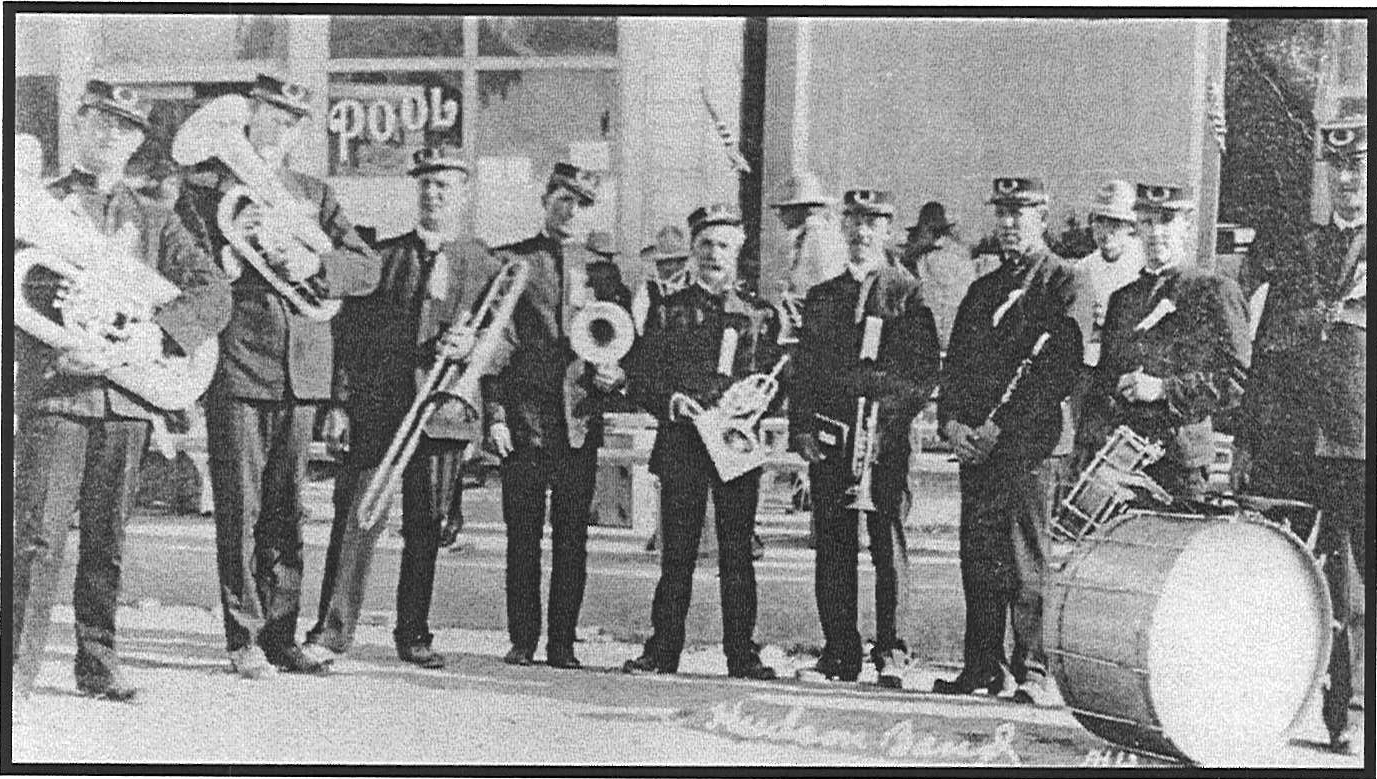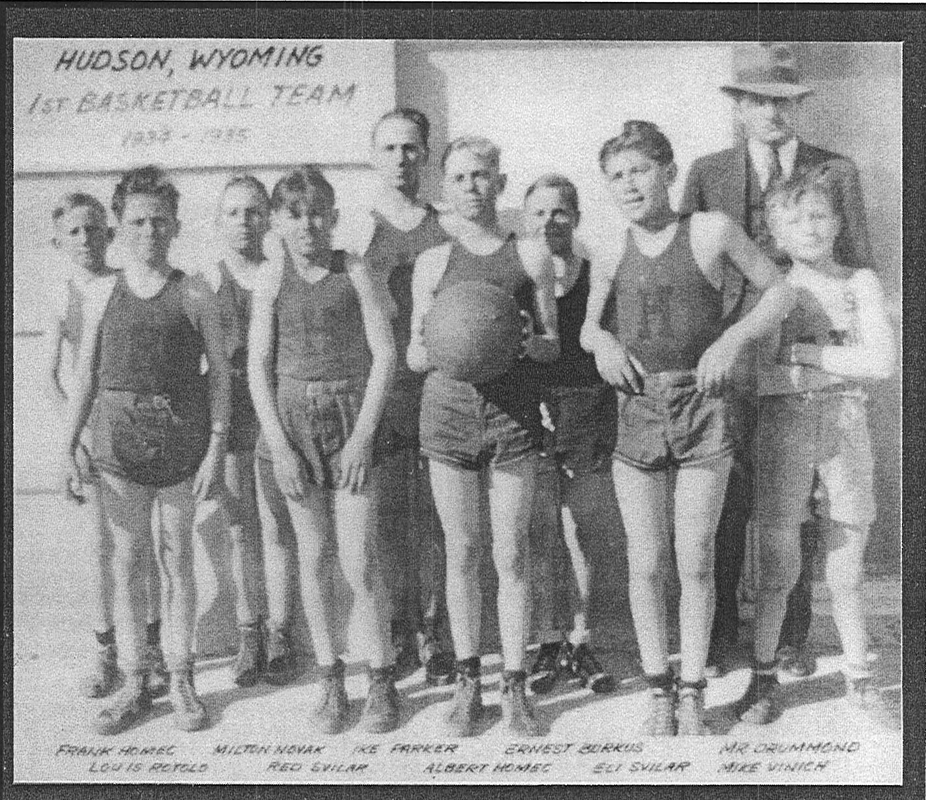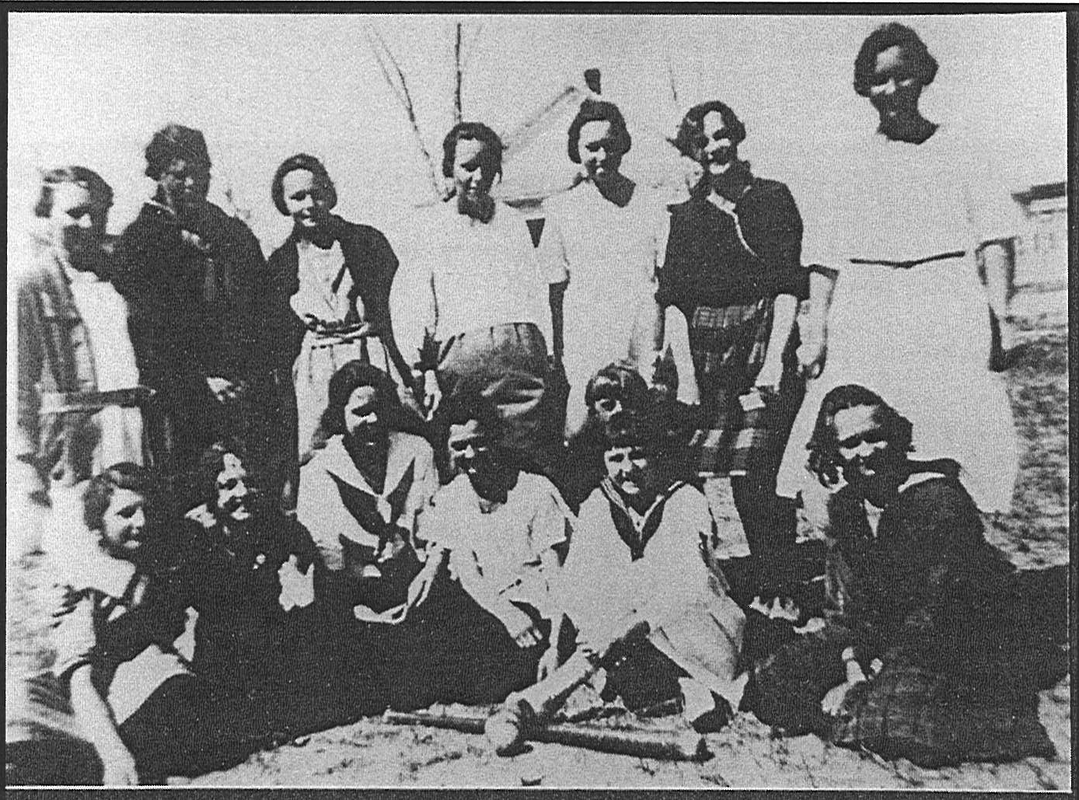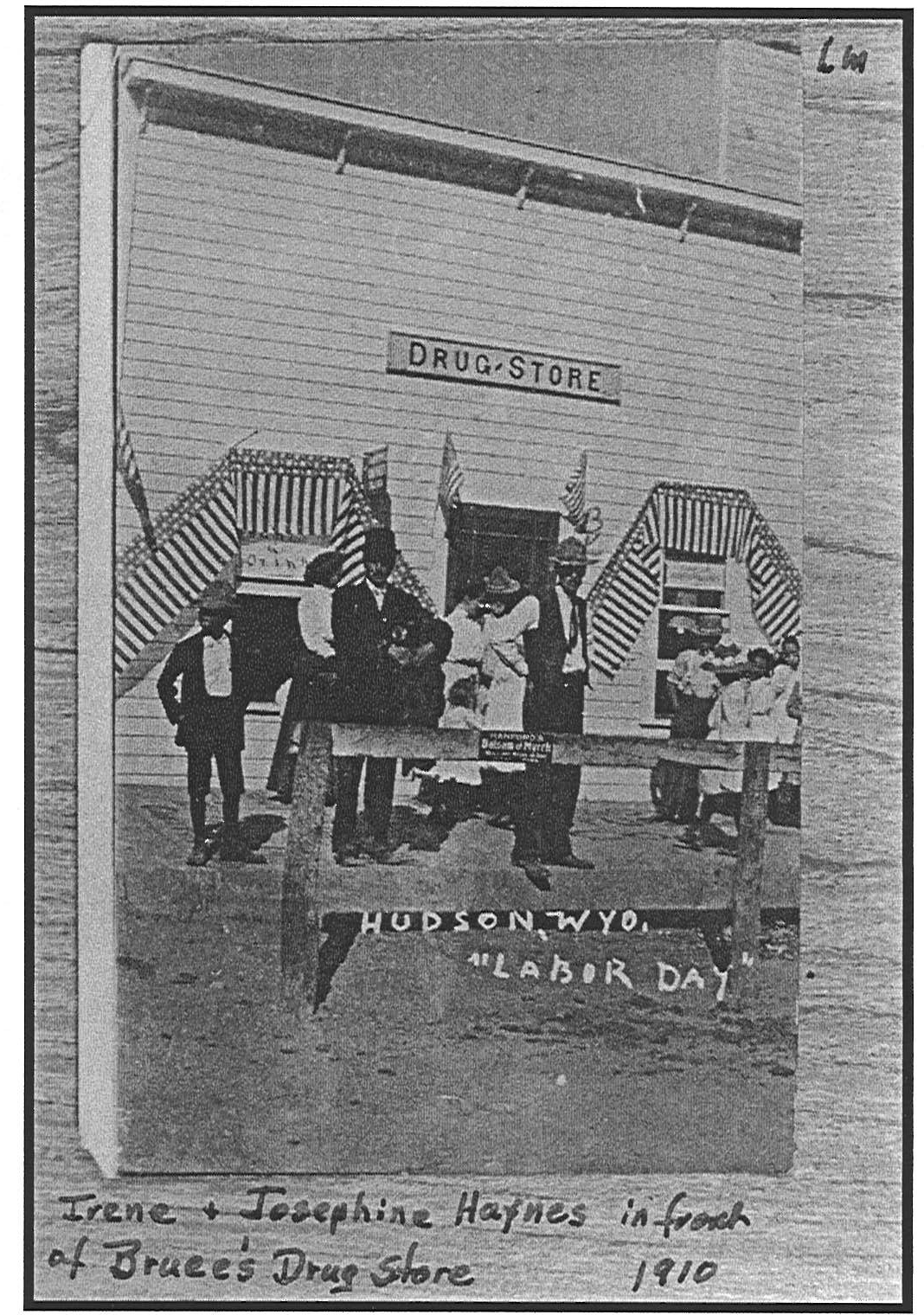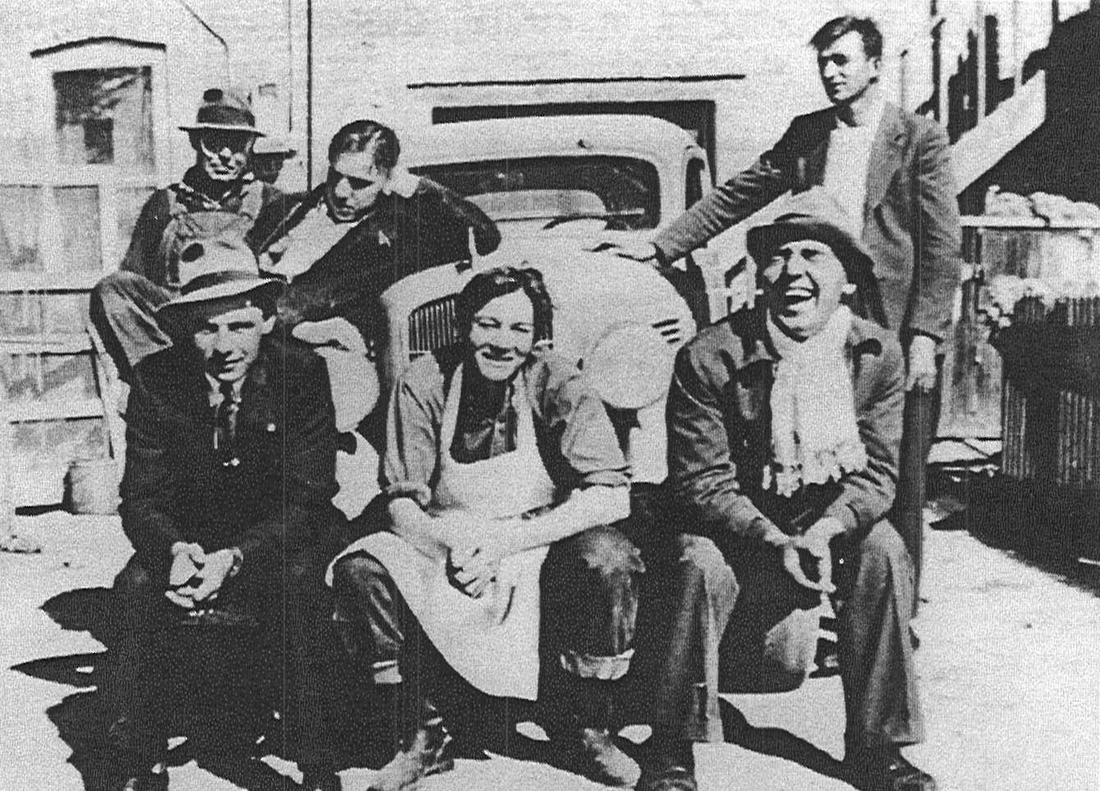History
Our History
Hudson is a town in Fremont County, Wyoming, United States. A post office called Hudson has been in operation since 1907. The town was named for John T. Hudson, the original owner of the town site.
1890
George H. Rogers filed on a homestead in the vicinity of present-day Hudson, more than 100 years ago, but George didn’t live to see the town that would spring up from his farm fields. George’s wife, Emma (Hudson) Rogers, “proved up” on the land in 1890, following his death.
1905
On December 30, 1905, Emma and her brother, Daniel Hudson, released their homestead rights. The mineral rights were purchased by J. C. Hickey, a trustee for the Wyoming and Western Railroad. In the same year, the attorney for J.C. Hickey filed on 67 mineral and oil leases throughout the Hudson valley.
1909
On March 8, 1909, Hudson was incorporated, a “company” town. Wagon mines were in operation before the railroad was built, but the birth of Hudson was primarily due to the building of the railroad into the area in 1907 and 1908. During those years, the Popo Agie Mines, number One and Two, were put into production. The railroad operated for both mines, running three shifts a day until the 1920s. The high demand for coal during World War I kept the mines in business and running strong.
At the peak, the population of Hudson reached approximately 1,500. Historians have said mining camp populations in the area approached another 10,000 people. Irish, Scotch, Italian, Yugoslavs, French and Welsh immigrants found work in the mines.
In the boom years, Hudson boasted many businesses including a bakery which supplied bread to Riverton and Lander, a hotel, pharmacy, Chamber of Commerce, two banks, a restaurant, two general stores, a lumber yard, butcher shop, jewelry store, millinery shop, a motion picture house which was called the “Opera House”, a cement block factory, brick yard and kiln, a doctor, its own newspaper, a 15-piece band, railroad depot and stockyards. The stockyards at Hudson were a major cattle shipping point for all of Fremont County.
Hudson was once said to have had more houses of ill-repute per capita than any other town in the State of Wyoming. Some even remained until the 1950s.
With the evolution of diesel engines and natural gas production, a sharp drop in the demand for coal let to the decline in the production at the mines and consequently a sharp decline in the population of the town.
1941
In 1941, the last mine closed down in Hudson. Many tried in vain to keep the mines going as long as possible. The Popo Agie Mines were the first to close down, while the smaller wagon mines slowly closed one by one.
Hudson remains a viable community and the town has quite possibly one of the most famous restaurants in the state. Today, the town is a quiet little burg between Riverton and Lander, yet it maintains some of its charm from the days of the mines.
